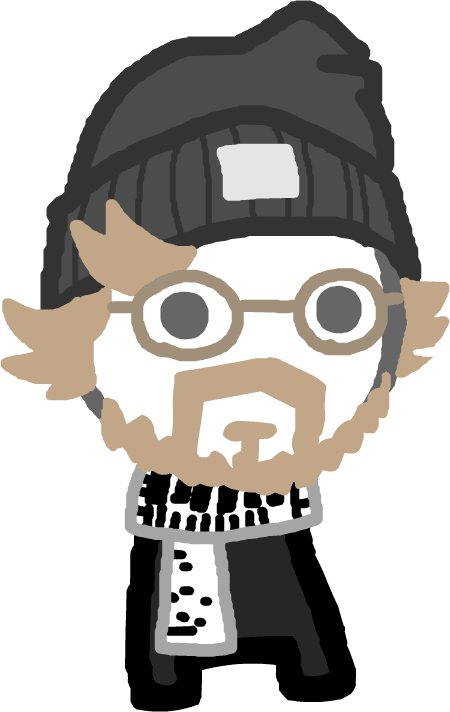Oppression by interaction
Maggie Appleton has an essay – or perhaps a light-hearted rant, or a call to arms – about the "oppressive" uni-dimensionality of note taking apps. By being linear streams of text, at most allowing an embedded scribble within the flow, they diverge from the paper they profess to imitate:
It's pretending to be a real piece of paper, but without many of the features that make real paper useful. Like the ability make marks on it that are not simply words in a straight line.
Oddly, few apps put significant effort into becoming more paper-like.
Whether interfaces influence people’s ways of thinking has long fascinated me, but that has always been an elusive thing to establish. Here, the framing is not on a specific tool or interface. Rather, it’s a social ecosystem, the whole scene of people building "second brains", "tools for the mind", or "networked thought" devices, that is deemed oppressive to spatial thinking:
But you're going to have to make your images elsewhere. This is a note-taking app, not a drawing app (we have to wonder when those became two separate things)
We’re not shaped by our tools, but we’re part of the flow of thoughts, conversations and choices around the toolmakers nevertheless. Individual thought is co-constructed by collective intelligence.
And currently, the scenius around those tools is fascinated by a certain kind of thinking: creativity by association, chaining ideas and seeing patterns emerge; algorithmic serendipity; the note as an atom within a larger arrangement. (Which is cool.) Tools such as Obsidian or NotePlan have their most original features in note management, not in note taking. Perhaps there is space for an approach where the note is a living organism, two or even three dimensional, visual, paper-like.
